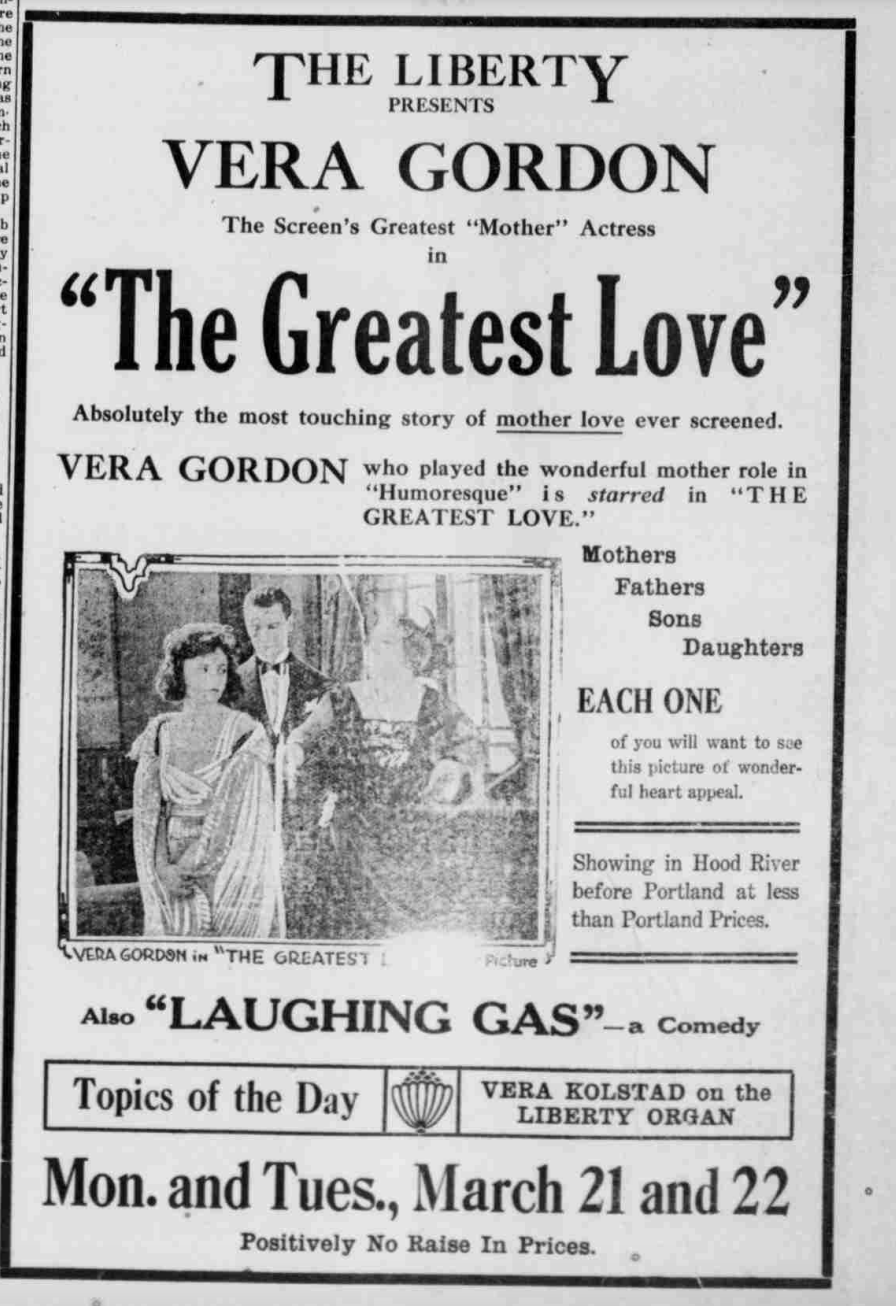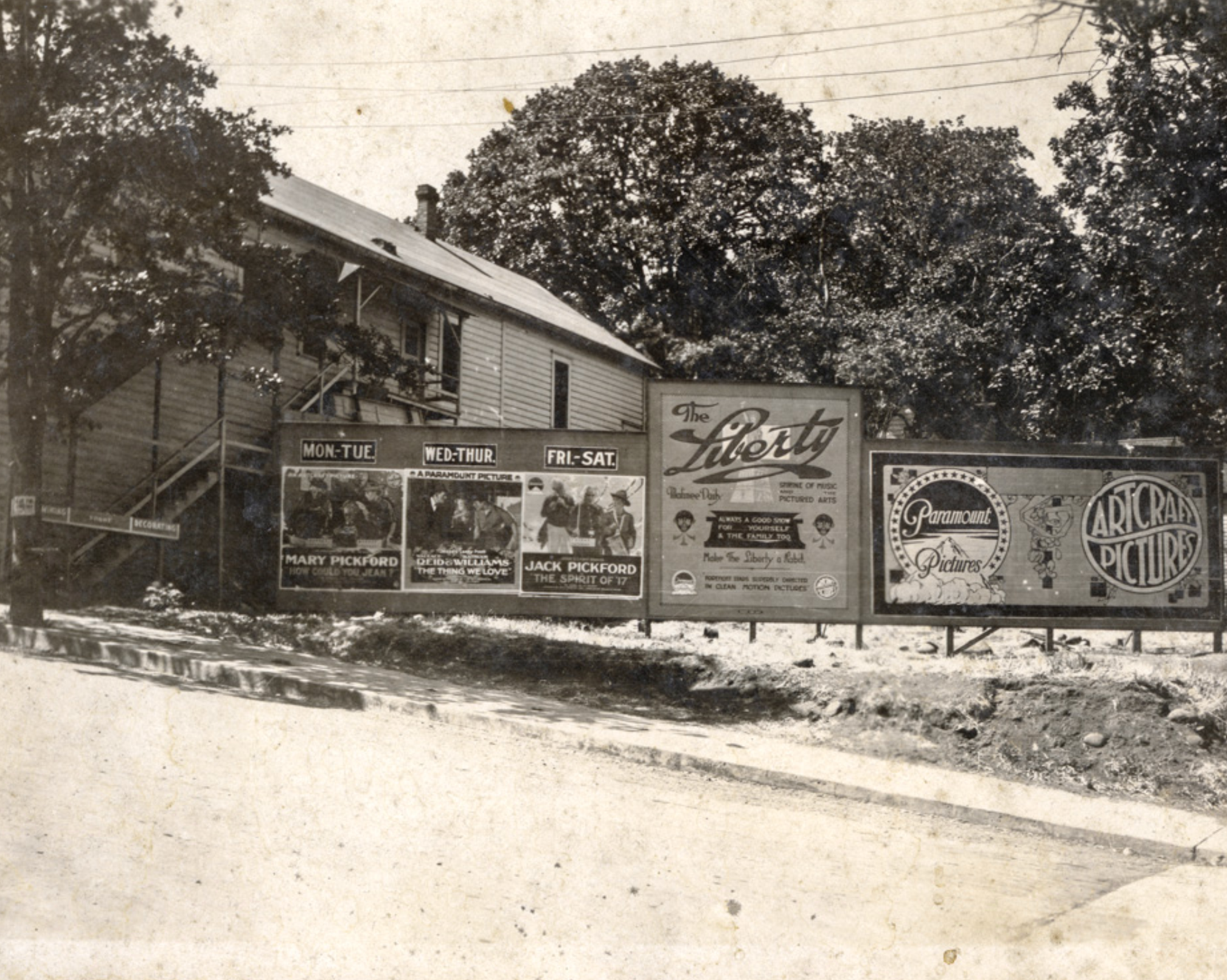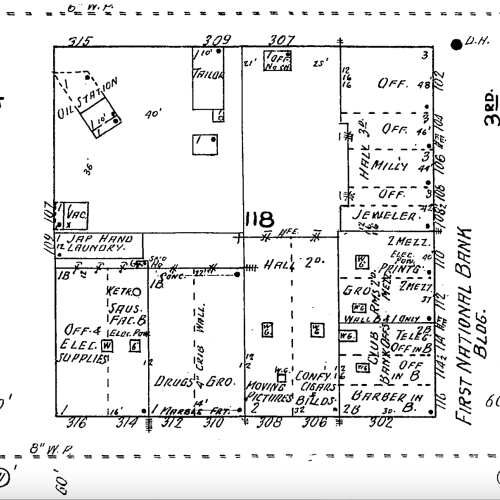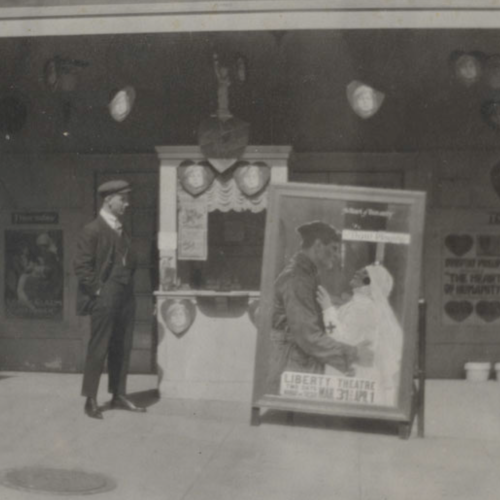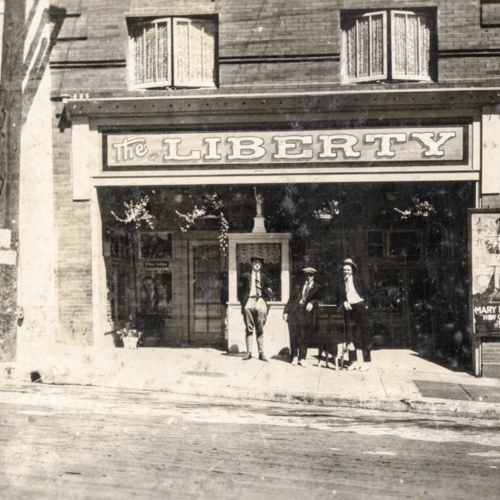In 1916 the owner of several theatre's in Hood River, notably The Gem and Rialto Theatre, Arthur Kolstad obtained what was formerly known as the Electric Theatre. Art and Vera Kolstad, two theatre lovers and prominent community members entered into business with Vern Whitcomb in operating the Electric Theatre, as the two preceded ownership from Walter Shay. As the Kolstad's were both interested in music, Mrs. Kolstad was a prominent organist and became the designated organ player for the Electric, which would feature moving pictures. On January 1st 1917, Kolstad and Whitcomb dissolved their contract and Kolstad became the owner and operator of the theatre. As Kolstad was a beloved community member, he often used the theatre to host special community events, of which included a comedy Christmas matinee free of charge for children under 12. In February of 1917 the theatre's name was formally changed to the Liberty Theatre in line with the patriotic views of the United States that marked the beginning of WWI. The new theatre featured a renovation which included a 500 person seating capacity, a mezzanine floor, balcony, and large stage. It also included a miniature statue of liberty in the front entrance of the theatre above the ticket booth. In 1918 the Liberty Theatre formally opened and roughly 700 people attended the launch, including a line congregating outside the door.
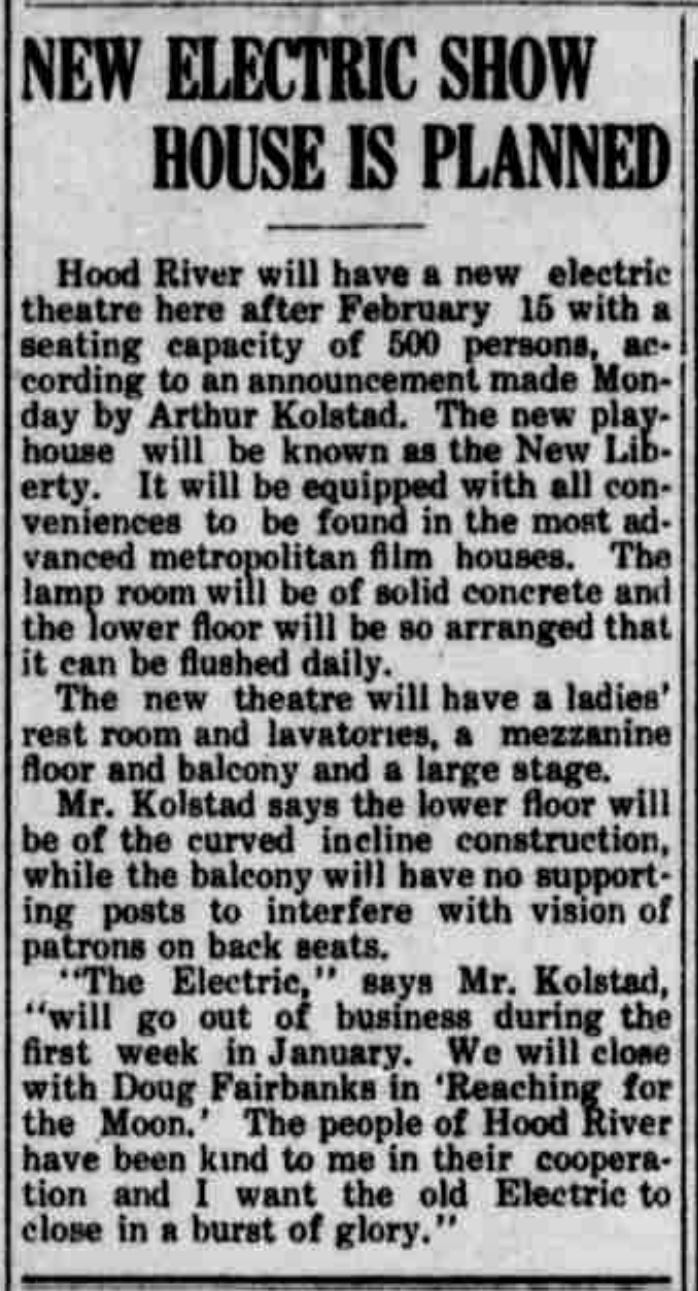
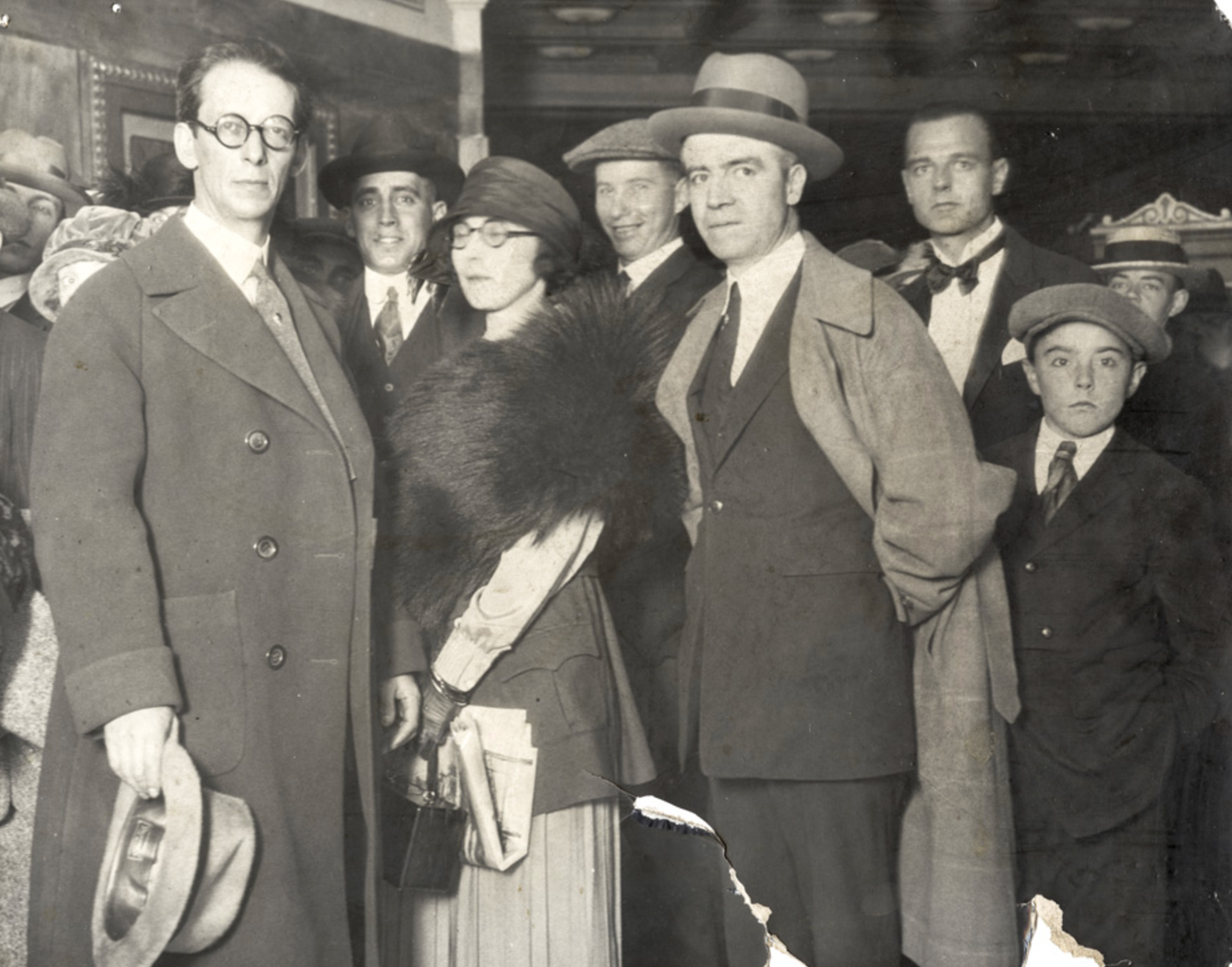
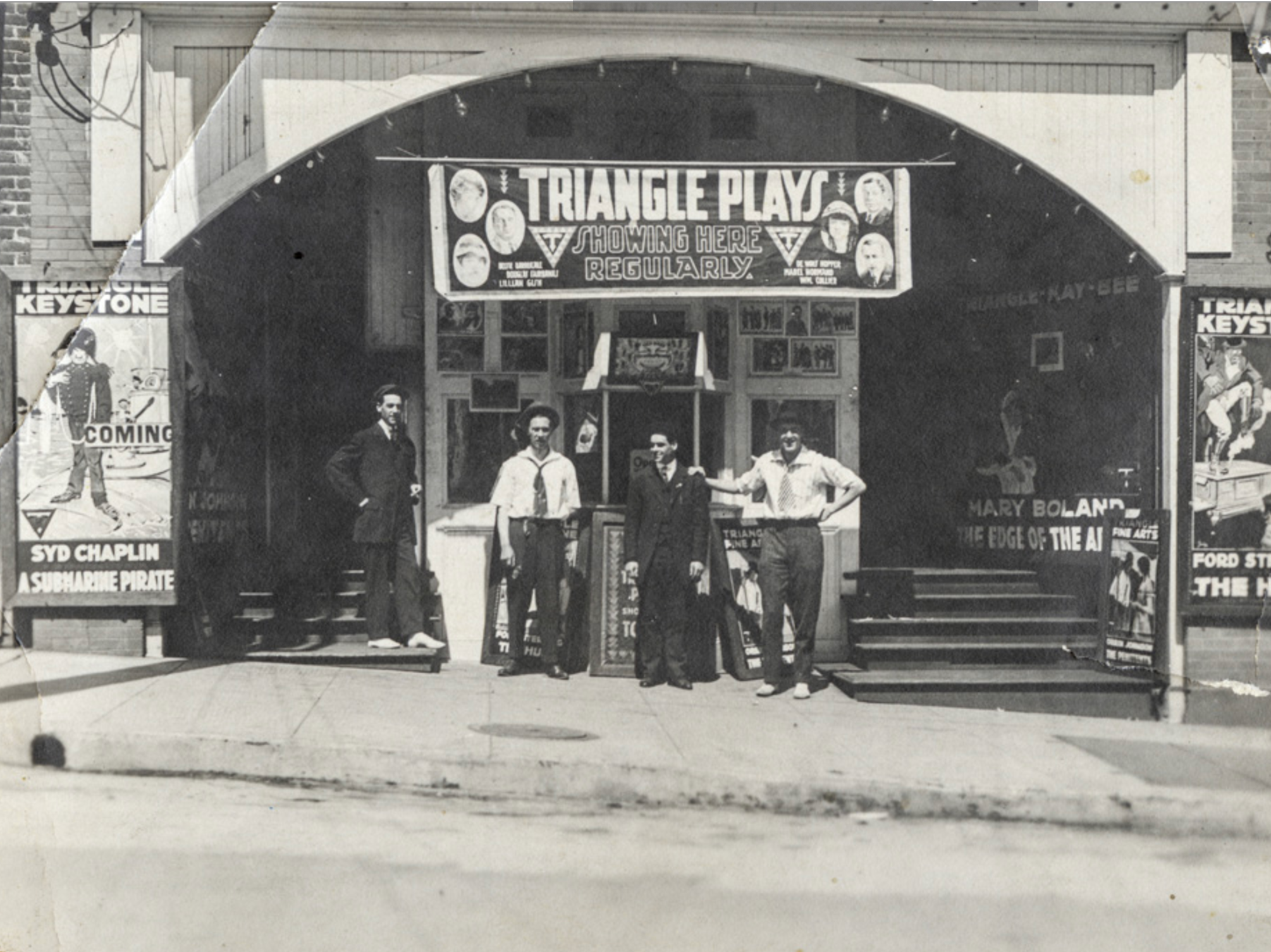
The premiere feature included Mrs. Kolstad on the organ, and the hit production The Woman That God Forgot (1917). Throughout the 1920s the theatre was a main attraction for Hood River residents, regularly advertising in the newspaper and with roadside billboards. Kolstad would often travel to Portland to view films, and aquire them to be shown in Hood River. The Liberty featured films from Paramount and Triangle productions, including double feature comedies and the most anticipated films of the time such as The Devil to Pay (1920) and The Greatest Love (1920). Also featuring annual paramount weeks, and in 1918 it featured the hit Cleopatra (1917) with increased ticket prices of 30 Cents for children and 50 cents for adults, and included Mrs. Kolstad once again on a 50,000 newly purchased pipe organ. In 1920 Kolstad announced that the theatre would acquire a "teething room" for young mothers to tend to their newborns as well as a remodel with a new stage that included an English proscenium arch. In 1926 Kolstad bought a De Brie motion picture camera and began featuring some of his personal work on the big screen, even making the camera accessible for filming events of public interest. In 1937 Kolstad announced the remodeling of the Liberty Theatre into the new Cascadian Theatre which would include the most contemporary sound equipment to feature sound productions, and would continue to dazzle local residents with its astonishing new sound that brought a new life to films.
